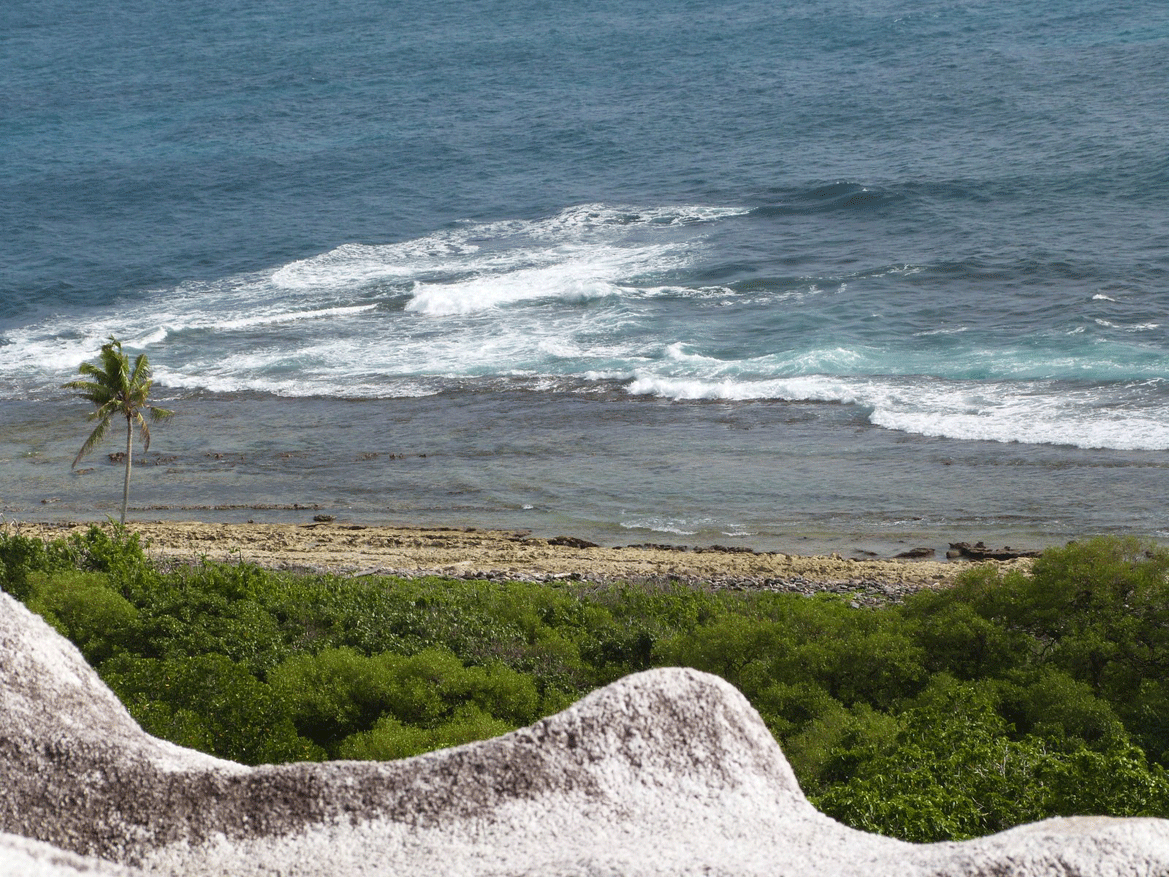The study titled ‘Spatial variability in habitat structure and heterogenic coral reef fish assemblages inside a small-scale marine reserve after a coral mass mortality event’ was compiled by Dr Tove Jorgensen a fish researcher working for Nature Seychelles, April Burt, Nature Seychelles Science Coordinator based on Cousin and Elizabeth Martin, Tove’s assistant.
Coral reefs around the world including those of the inner granitic islands of Seychelles were greatly affected after a worldwide coral bleaching event in 1998. Coral bleaching occurs when corals are stressed by changing conditions such as a rise in temperature which results in them expelling algae living in their tissues thereby causing them to turn completely white.
 April (pictured) worked with Tove in conceiving and designing the study
April (pictured) worked with Tove in conceiving and designing the study
The goal of the study was to collect scientific information that is useful in revealing the link between the quality of coral reefs and fish populations after such a major disturbance. It was conducted within Cousin island Special Reserve, a well protected MPA and one of the longest established no-take marine areas in the Western Indian Ocean.
Five different sites around Cousin Island were surveyed for the study. All the sites were within the 400 metre zone around the island where all fishing and extraction of any marine life is illegal.
One of the findings of the study is that there is an obvious connection between the quality of coral reefs and fish populations. “Total fish abundance was 15 times higher on sites with high coral coverage in comparison to sites with low coral cover” the paper states. “There was a direct linkage between coral habitat and fish composition,” a result supported by other published research.
 Healthy corals equals healthy fish populations
Healthy corals equals healthy fish populations
The study also demonstrates that the potential recovery of coral reefs does not necessarily occur in a linear way and may be patchy. The findings also showed that spatial coral coverage differed greatly between sites, varying between 1.5 and 43.2%.
This study showed that although the quality of coral reefs (coral coverage, coral recruitment and fish densities) varies greatly from one site to another, recovery is actually occurring faster than earlier documented.
“All in all, the project has resulted in a better understanding and raised awareness of marine protected areas and fishery, and also resulted in three scientific publications to peer-reviewed journals.” Tove said of the Nature Seychelles’ fish research project she headed which was funded by the Global Environment Facility (GEF) through the UNDP and Government of Seychelles. “Technical aspects of telemetry equipment and a large-scale survey of Cousin Island Special Reserve show that some areas of coral reefs are recovering at a high rate.”
 The view from ontop, the south side of Cousin
The view from ontop, the south side of Cousin
The paper points out that the information gathered in this research is valuable in management decisions like supporting expansions of marine reserves or in the design process of future MPAs. This information can be used in the management of marine resources vis-à-vis protection and recovery abilities.
Dr. Nirmal Jivan Shah, the CEO of Nature Seychelles said “Such studies are important in garnering the much needed support from local communities and political leaders for MPA creation and management, not to mention the importance for the local fishery industry.”

